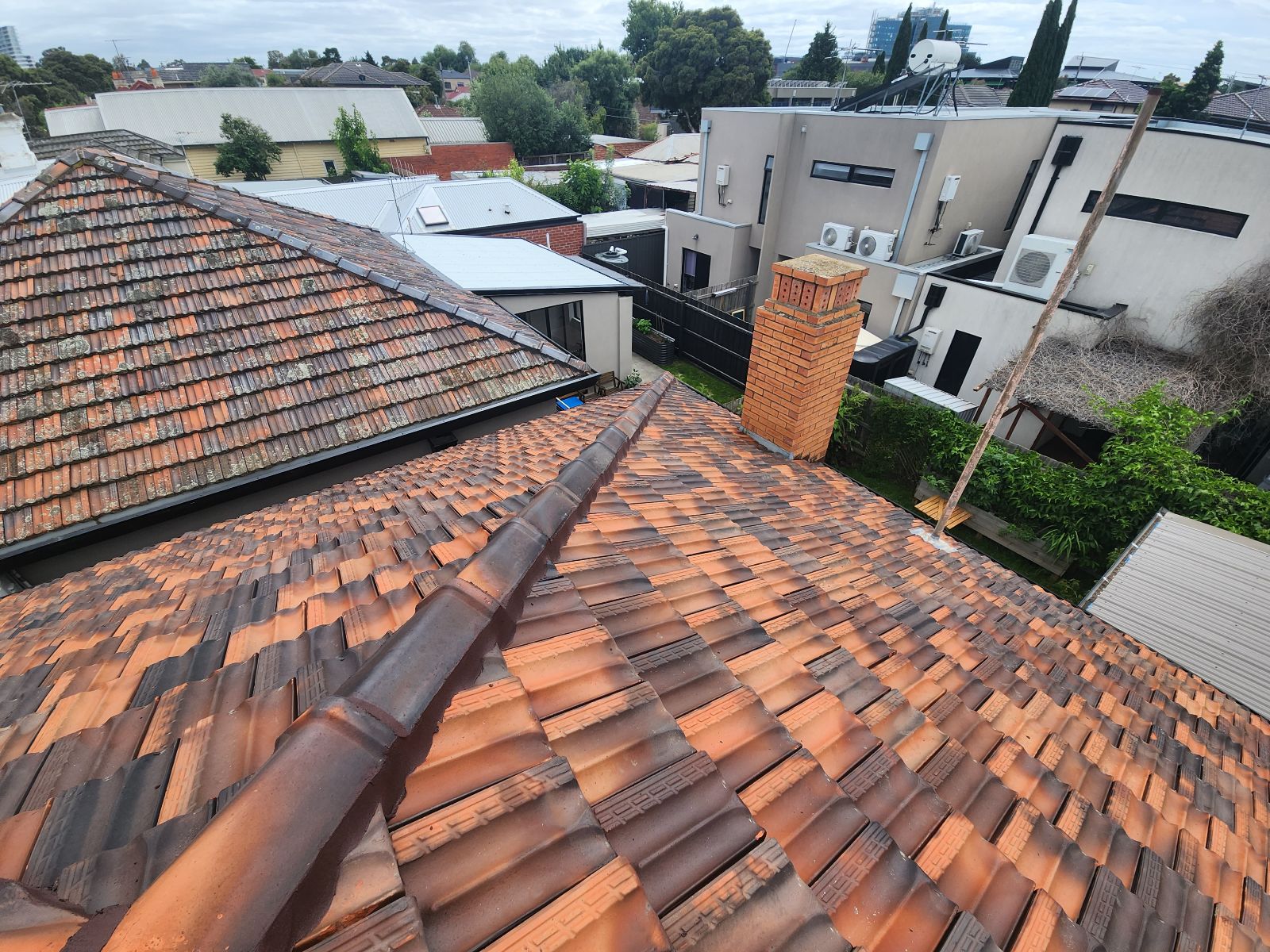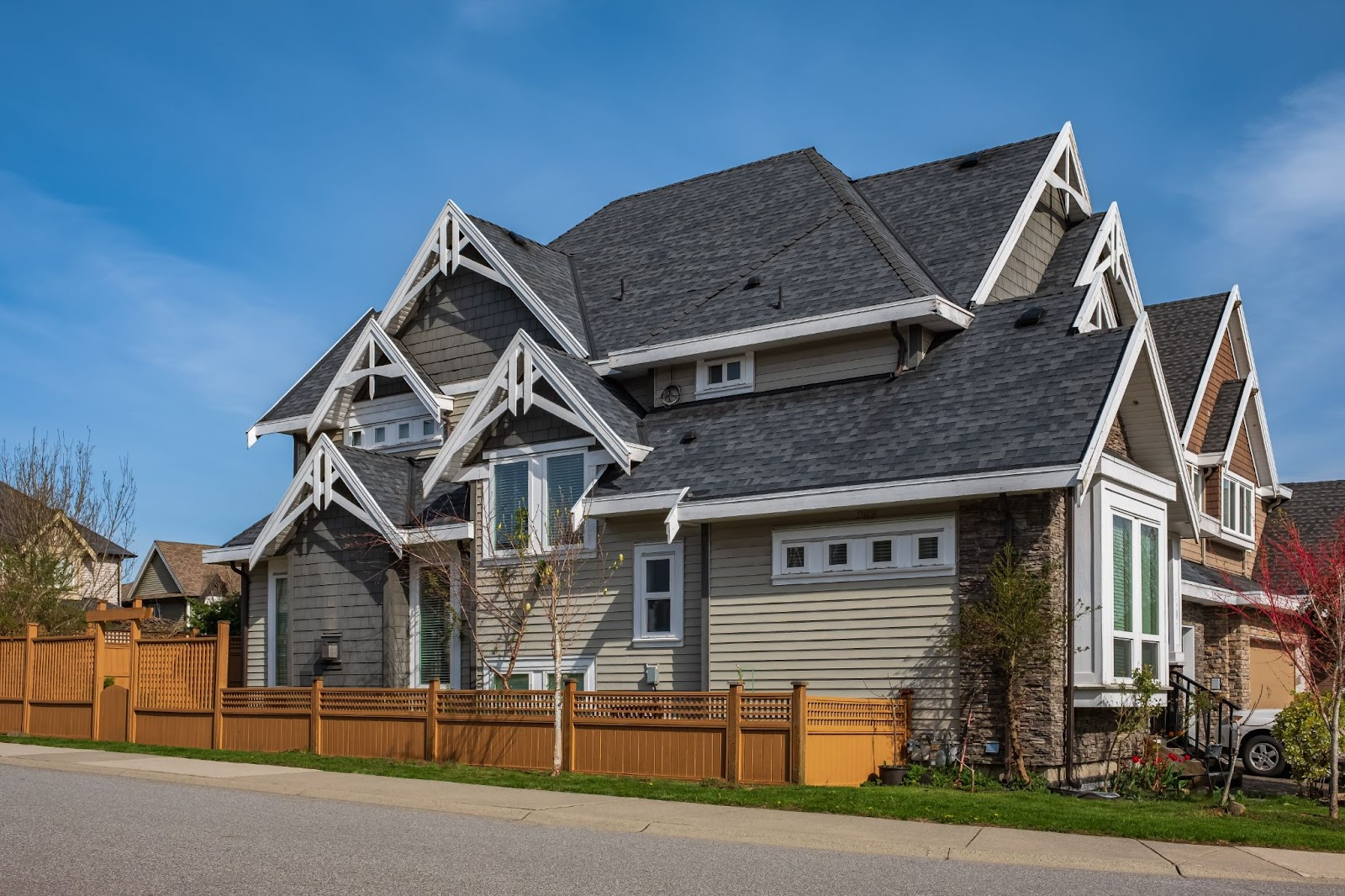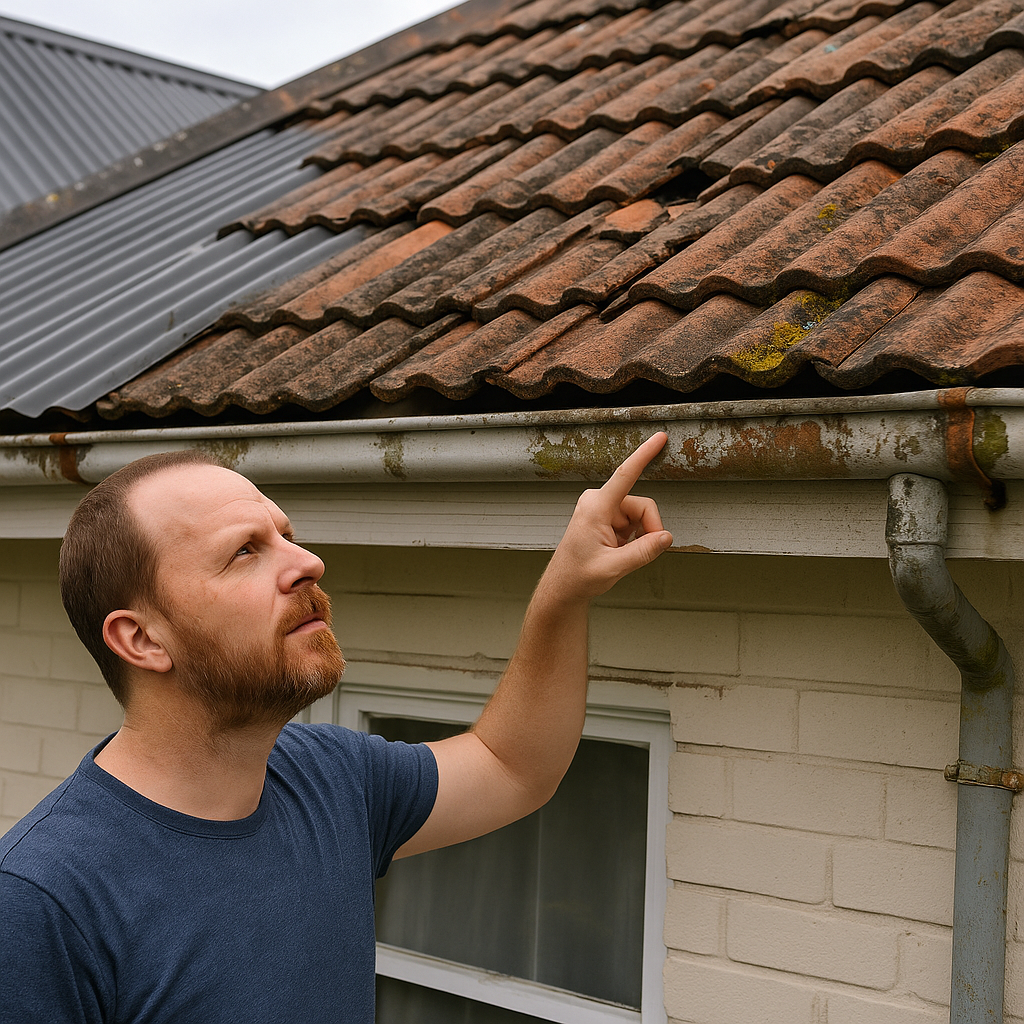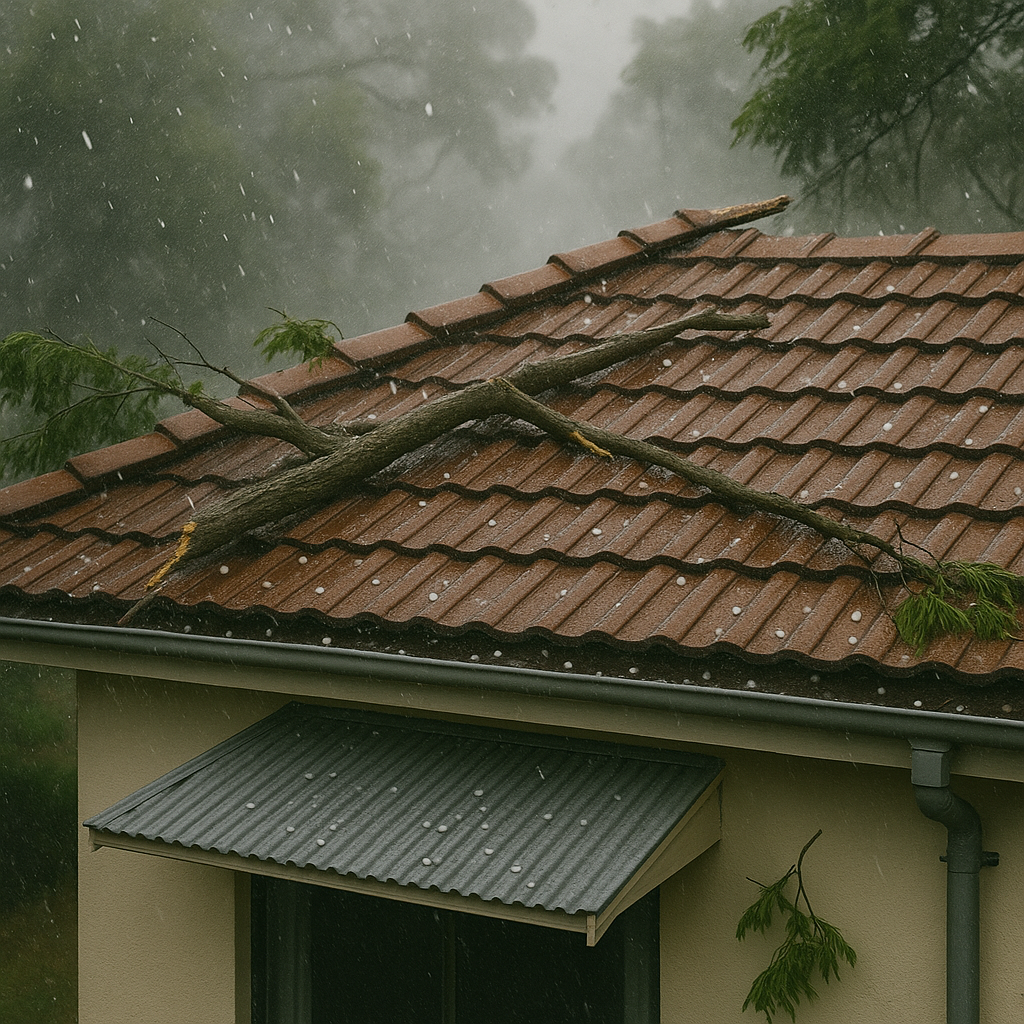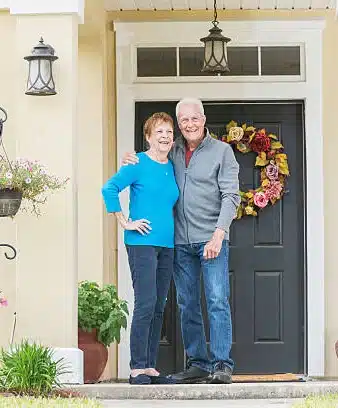
To receive your discount please fill in your details below.
It warms our hearts to see our valued HEROES being taken care off.




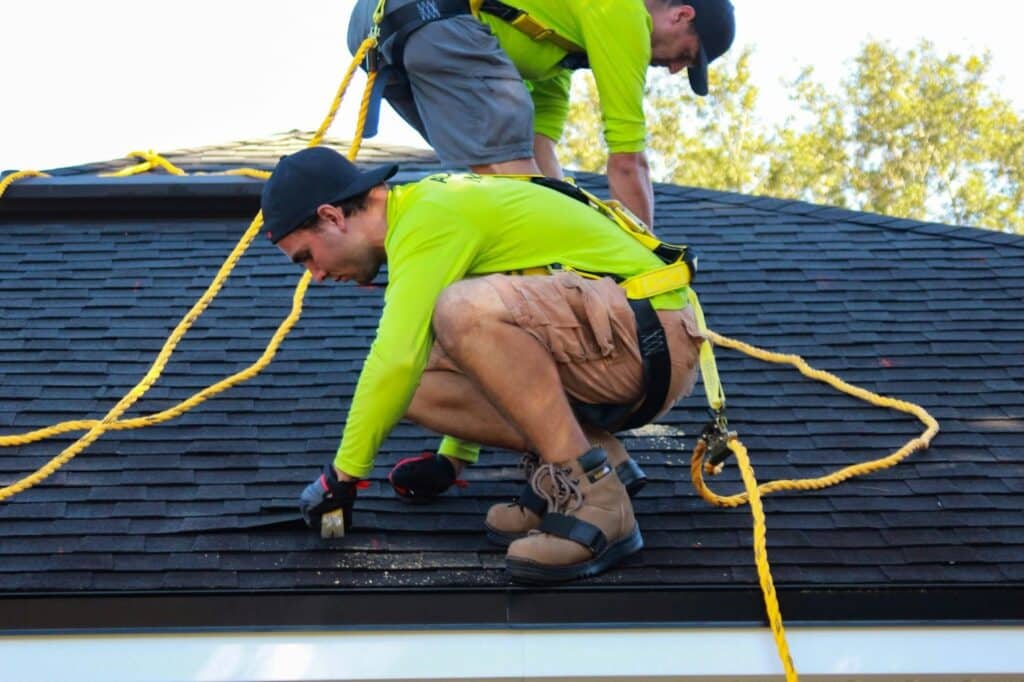
The decision to invest in solar panels for your roof can come with a seemingly never-ending list of questions. What size is the best fit for your rooftop? Can your rooftop even accommodate solar panels? And if you’re currently in the midst of a roof repair, you may even be asking if you might as well cut to the chase and install solar roof tiles right now.
Solar panel installation projects are never undertaken without careful pre-planning – both in finding the right solar solutions for your home, and also making sure that your panel system is being installed on a rooftop that’s actually ready to accommodate all this delicate new tech.
So how can you make sure your rooftop is not only ready for a solar panel installation, but also set up to help support your property’s solar gains, ensuring optimal light availability from dawn to dusk?
Here are some preliminary considerations that must be made before embarking on your rooftop solar investment.
There are a number of key evaluations to make when it comes to making sure your rooftop is optimised for peak solar gains. This is easier said than done in temperate regions across Australia – like right here in Melbourne. Even for north-facing rooftops that receive more sun here in the southern hemisphere, cloud cover can still impact solar panel production, making solar optimisation an absolute must for Melbourne homeowners.
This is why if you’re looking to book a solar panel installation in Melbourne, you will need to partner with a hyper-local installation team who work with greater familiarity of local climatic conditions.
Local solar panel installers can take into account the orientation and tilt of your solar panels (including how much shade falls on them) to estimate how much energy they may be able to generate on any given day. They can use these estimates to then determine with greater authority which solar panel solutions are going to be most suitable for your household energy needs.
Once you’ve identified the right solar solution for your property, you and your installation team will then want to make sure you’ve got adequate space to set up your system. In some cases, your rooftop may be too small or too narrow, which will require you to consider other, potentially lower-capacity systems.
If you don’t want to compromise on your system capacity however (like if you’re looking to build for the future), then you may even consider extending your rooftop with some sturdy, steel awnings. Investing in a Colorbond rooftop or awning can be a great, low-cost way of making sure your solar panel extension can be supported over the long term.
Even before you contact your local solar suppliers, a quick inspection of your property and garden space may be able to help you pinpoint any potential obstructions for your solar photovoltaic system. For instance, are there any tall trees currently shading your rooftop? Then it may be time to prune them or even invest in tree removal services to avoid ongoing maintenance.
Here, it can also be worthwhile considering potential sources of obstructions in the future. For instance, your property may be overlooking parklands on one side of the street, and then have behind neighbours on the other side. There’s every chance that your neighbours may renovate and build upwards, leading to future sources of shade.
Contrastingly, you can guarantee that the parklands in front of your property will never overdevelop to the point where obstructions are set up, which makes that side of your roof slope a safer bet for solar panel installation.
Additionally, make a note of fixtures and other elements such as air conditioner vents or chutes, satellites, skylights, and chimneys. These protruding roof fixtures may need to be worked around or even repositioned to get the most out of your usable roof space and support access to these fixtures in the event that you’ll need to perform maintenance.
For this same reason, you’ll also want to avoid solar panels being installed too close to your roof edges, as this may disrupt the flow of rainwater across your gutter system, which may even result in water pooling on your roof. Here are some great maintenance tips for your roof, including how to keep it free of leaves and debris year-round, ensuring your rooftop and all fixtures stay secure.
This final point on roof maintenance logistics brings us to another vital consideration for preparing your rooftop for solar installation: is your roof even ready?
Determining whether your rooftop is in good condition should be foundational to any solar installation project. As such, homeowners should not proceed with an installation without first conducting a thorough inspection of their roof with certified roof repair specialists.
Here are just some of the considerations that will need to be made prior to your solar installation.
Most solar photovoltaic systems are designed to operate for 25-30 years, so it stands to reason that restoring or replacing your roof prior to solar installation can help reduce the risks of your roof disrupting your solar gains.
So if your roof is getting close to the end of its useful life (i.e., more than 15 to 20 years old), it’s strongly advised to repair or restore your roof before adding solar panels. By doing this, you can save the cost of subsequently having to remove and reinstall the panels for a new roof and guarantee that your roof will endure as long as your solar system.
Keep your eye out for any indications of deterioration, such as leaks, missing or broken shingles or tiles, or rust on metal roofs.
It’s worthwhile to fix these prior to installation, because addressing these potential problems now eliminates them before they have the chance to become more difficult and expensive to correct later (and again, even potentially requiring temporary panel removal).
Following on from assessing roof age and addressing any damage, taking into account the entire structural integrity of your roof gives extra peace of mind. When you realise that solar panels can add a weight of 10 to 20 kg per square metre to your roof, this makes a whole lot of sense!
Keep in mind, it can often be essential to reinforce older homes. If in doubt, you can rely on a professional assessment to determine if your roof’s battens and rafters are robust enough to handle the additional weight of a rooftop solar system.
Naturally, to verify roof compatibility and requirements, your solar installation team will also need to perform a thorough site examination. This can include a professional inspection of your home’s electrical system. As such, you’ll need to make sure all of these components are safely accessible, with clear access pathways for your installation team and any other workers on-site.
The same goes for your garden spaces as well. Make sure there are cleared areas where your installation team can safely mount and dismount from ladders. Not only will these measures help ensure your property is safe for your installation team, but it’ll also help make sure your installation project stays on track.
It goes without saying that your roof has a big influence on the longevity, safety, efficacy, and total cost of your solar panel installation. And as you can see from all the pointers we’ve provided above, there are a number of smart steps you can take while preparing your roof for solar panels. By taking care of these issues, you may lay the strongest groundwork for your solar panel system, supporting your household in enjoying optimal solar production for decades to come.
